Handbook of Short Selling
$43.59
| Author(s) | |
|---|---|
| Format |
|
| Pages |
574 |
| Publication Year |
2012 |
This comprehensive examination of short selling, which is a bet on stocks declining in value, explores the ways that this strategy drives financial markets. Its focus on short selling by region, its consideration of the history and regulations of short selling, and its mixture of industry and academic perspectives clarify the uses of short selling and dispel notions of its destructive implications. With contributions from around the world, this volume sheds new light on the ways short selling uncovers market forces and can yield profitable trades.
Introduction:
This handbook differs from other edited books because on a global scale it addresses new rules and regulations about short selling. Quantitative papers in this book use the latest data available, but more importantly, the papers are written by well-known academics and money managers. Many investors believe that short sellers are responsible for market down-turns, but academic theory does not suggest this. Instead, short sellers create liquidity in markets and are the best at spotting overpriced stocks as well as making markets more efficient through the aid of price discovery. This short selling handbook comes at a time when financial markets world-wide are recuperating from the credit crisis and the global carnage of 2008. It can assist investors, hedge fund managers, investment analysts, research analysts, lawyers, accountants, endowments, foundations, and high net worth individuals to better understand short selling during and after the crisis of 2008.
The 39 chapters in this handbook will be a valuable source of information to anyone interested in short selling. Among its most exciting subjects are views of what the regulators temporarily did to ban short selling in order to prevent markets from further collapse. Contributors look both at developed global markets and emerging markets. They also take up naked short selling, the ethics of short selling, and other important issues.
The first section of the book is devoted to regulation in the United States with a chapter for Canada. The second section examines both eastern and western European markets, while the third focuses on Japan, China, and Australia. Section four investigates short selling in Russia and in emerging markets such as in Latin America and South Africa.The fifth section examines portfolio management and performance of short biased hedge funds, short selling by portfolio managers, and more. The last section addresses modeling, earnings, announcements, and term structure in a short selling framework. In short, the book does a tour of every continent to investigate short selling during the recent market meltdown.
Contents:
- Short Sales and Financial Innovation: How to Take the Good While Avoiding Widespread Default
- The Goldman Sachs Swaps Shop: An Examination of Synthetic Short Selling through Credit Default Swaps and Implications of Securities and Exchange Commission v. Goldman Sachs & Co., et al.
- Off-Shore Short Sales after Morrison:Will the Securities and Exchange Commission Be Emboldened or Constrained?
- Regulating Short Sales in the 21st Century
- Evolution of Short Selling Regulations and Trading Practices
- Financing Techniques for Short Sellers
- A Survey of Short Selling in Canada
- Are Restrictions on Short Selling Good? A Look at European Markets
- Short Selling, Clearing, and Settlement in Europe: Relations and Implications
- The 2008 Emergency Regulation of Short Selling in the United Kingdom, United States, and Australia
- Reflections on Short Selling Regulations in Western and Eastern Europe
- Regulating Short Selling: The European Framework and Regulatory Arbitrage
- Do Option Prices Reveal Short Sale Restrictions Impact on Banks’ Stock Prices? The German Case
- Short Selling in France during the Crisis, the Bans, and What Has Changed since the Euro Correction
- The Chinese Real Estate Bubble: Is It an Opportunity for Short Selling?
- Introduction of Margin Trading and Short Selling in China’s Securities Market: The Case of Disordered Warrant Prices
- Impact of Short Selling on China Stock Prices
- Short Selling the Real Estate Bubble in China
- Impact of Macroeconomic Indicators on Short Selling: Evidence from the Tokyo Stock Exchange
- New Regulatory Developments for Short Selling in Asia: A Review
- The Signaling of Short Selling Activity in Australia
- Sourcing Securities for Short Sales: The Proper Legal Characterization of Securities Loans
- Short Selling in Emerging Markets: A Comparison of Market Performance during the Global Financial Crisis
- Short Selling and the Problem of Market Maturity in Latin America
- Short Selling—The Ambrosia or Kryptonite of Emerging Markets?
- Short Selling Consistency in South Africa
- Short Selling in Russia: Main Regulations and Empirical Evidence from Medium- and Long-Term Portfolio Strategies
- Performance Persistence of Short-Biased Hedge Funds
- An Empirical Analysis of Short-Biased Hedge Funds’ Risk-Adjusted Performance: A Panel Approach
- Short Selling by Portfolio Managers: Performance and Risk Effects across Investment Styles
- Short Selling in an Asset Allocation Framework—The Search for Alpha
- Machine Learning and Short Positions in Stock Trading Strategies
- Short Selling Stock Indices on Signals from Implied Volatility Index Changes: Evidence from Quantile Regression-Based Techniques
- Short Selling and the Equity Premium Puzzle
- Affine Term Structure Models and Short Selling: The Liberal Case against Prohibitions
- Short Sale Constraints in the Equity Market and the Term Structure of Interest Rates
- Short Selling Assessment Where Consumer Prices Involve Both Currency Trades and Weather Shocks
- Aggregate Short Selling during Earnings Seasons
- The Information Content of Short Selling before Macroeconomic Announcements
Handbook of Short Selling By Greg N. Gregoriou pdf
4 reviews for Handbook of Short Selling
Clear filtersOnly logged in customers who have purchased this product may leave a review.

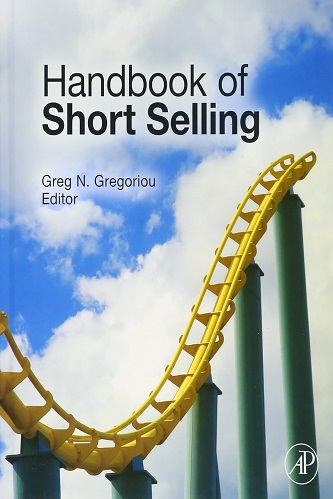
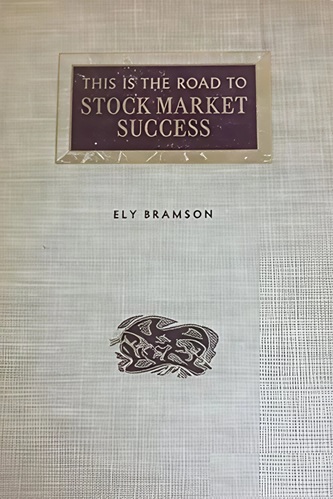
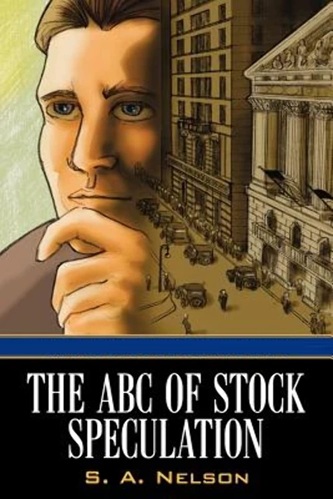

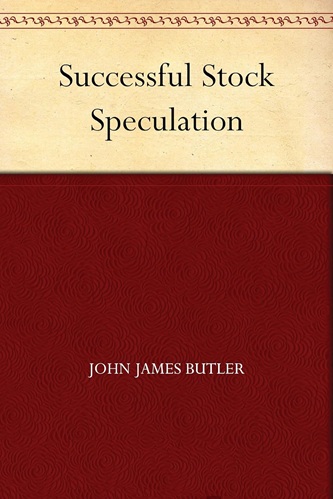
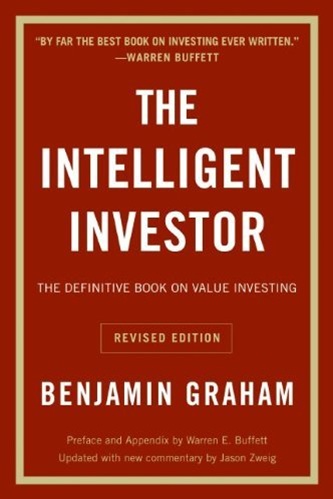
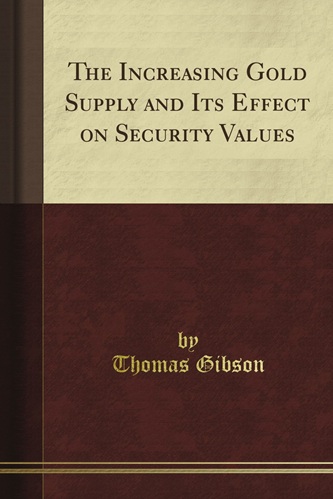
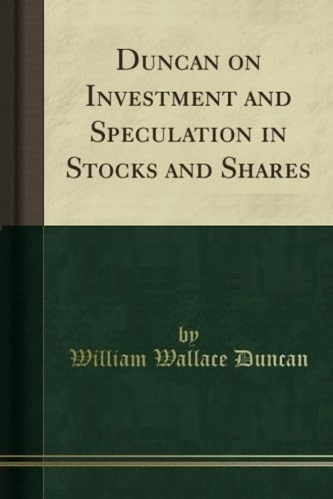
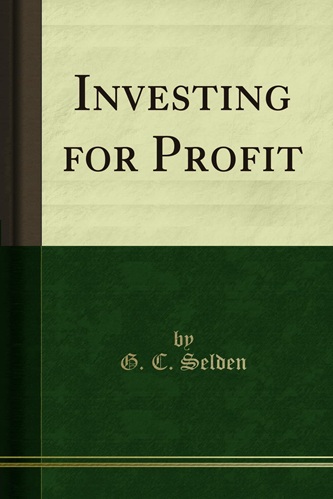
Eve Rowland (verified owner) –
Short-selling is a prevalent feature of modern financial markets which has become hotly and controversially debated. The ‘Handbook of Short-Selling’ couldn’t be more timely. It provides an accessible and comprehensive treatment of the subject. It is a valuable reference for anyone interested in understanding the role of short-selling in the financial crisis of 2007-2009.
Aziel Horne (verified owner) –
Short selling so far has been an investment technique that was wildly misunderstood by politicians, academics and practitioners alike. This book with 39 chapters written by leading academics and practitioners represents the ultimate resource for everyone who wants to really understand the concept. The Handbook of Short Selling covers regulation and best practices in various countries, the effect of short-selling bans throughout the financial crisis, as well as the diversification benefits of the addition of short sellers to a traditional investment portfolio.
Yahir Hodges (verified owner) –
This book is a very timely and extremely useful guide to the subtle and often difficult issues involved in short selling – a subject that is more relevant than ever since the financial crisis. It is written by many experts and covers by its manyfold chapters all aspects of short selling from different international points of view. It will surely lead to many new insights.
Marlowe Mayer (verified owner) –
The global financial crisis triggered a debate about pros and cons of trading practices such as short selling and required policy responses. This is precisely the theme of this work. It has been well chosen and exhaustively analyzed, making this book a mandatory reading for anybody with an interest or responsibilities in the microstructure of financial markets.